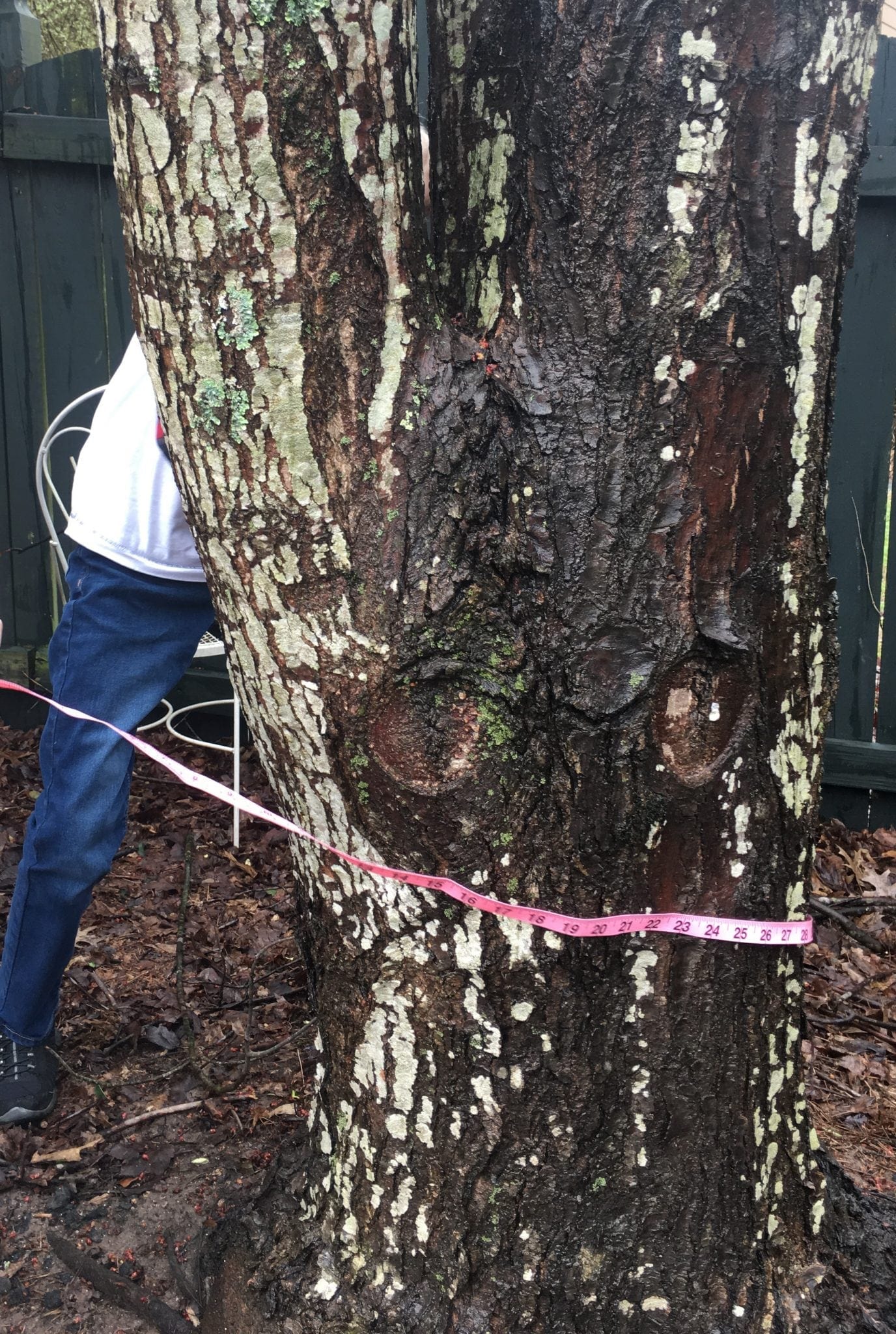Apr 20, 2018 | Homeschooling2e
It’s spring! Or almost spring, depending on where you live. As I write this, the spring peepers are chirping, undaunted by the recent snow. It’s a lovely time of budding trees, muddy puddles, and rebirth and growth.
I love spring for all the learning opportunities too. Spring is time for tadpoles, ladybugs, and nature walks. Worm farms, bird egg observations – all of that makes for great, hands-on learning. If your kids are like mine, they’re raring to raise some tadpoles into frogs, or caterpillars into butterflies.
Lots of us homeschoolers live in areas where it’s impossible to go out into nature and gather frog spawn or caterpillars. So we do the next best thing: we order a kit online. It’s educational, right? How could that be a bad thing?
Well, it can be negative for several reasons. I wanted to share those reasons, and offer a few alternatives and solutions to the issues.
1. Invasive species
Sometimes the mail order kits are for native species to your area. Sometimes they are not. The companies who sell the kits may not check to see if this is an issue, and worse, they may not offer any guidance on what to do if the animals aren’t native.
Once you’ve grown those tadpoles into cute little frogs, what do you do with them? What about the butterflies – you’re supposed to release them, right? If they are not native to your area, at best they will die from starvation, and at worst, they will compete with native species for resources.
Invasive species are a huge problem in the U.S. According to the U.S. Fish & Wildlife Services, the annual costs of invasive species cost us $120 billion every year. The ecological impact is far worse. More than 400 of the 1,300 species protected by the Endangered Species Act are threatened because of invasive species. It’s a big deal.
2. Spreading Illness
Even if the animal you raise is native to your area, there’s a bigger problem: illness. Frogs raised in captivity can carry the Chytrid fungus (Chytridiomycosis.) It’s deadly. Chytrid fugus is spreading across the world, devastating the amphibian population in its wake. Worse, an infect frog may not show signs of the fungus while still being able to spread it.
So those tadpoles you order from an online source? They may carry the fungus. If you release the frogs into a local water source, they will spread it, wiping out the local population. Animals and people walking through the water will spread the spores to other water sources, sending the fungus out far and wide.
For butterflies, the disease threat is slightly different. The biggest threat to monarch butterflies is from toxic protozoa called Ophryocystis elektroscirrha, or OE for short.
Infected butterflies may look perfectly normal. They fly from plant to plant, dropping spores onto the milkweed that caterpillars ingest as they eat. Sometimes the caterpillars can pupate and hatch, but more often they die, or hatch as deformed butterflies unable to get out of the chrysalis.
3. Genetic Issues
Any company that sells kits or live eggs is farm-raising the animals. No matter how hard they try, they’re working with a limited gene pool. That has unintended and potentially bad effects when these animals are released into the wild and interbreed with the local native animals.
For monarchs, there’s a bigger issue. Monarchs bred and raised in California, for example, may not be able to migrate if sent to the opposite end of the country. Farm raised monarchs may well be stuck, doomed to wander around and never find their way.
For critters like frogs, those inbred genes can have unintended consequences too. It can cause defects or make their progeny more susceptible to illness.
4. Poaching
Did you ever stop to think about where the animals originally came from for those farms? Sure, those monarch caterpillars you ordered are farm bred, but how did the farm acquire the originals?
Poaching is a huge problem. According to the North American Butterfly Association, harvesting monarchs is a commercial business at the monarch overwintering sites in Mexico and California. Live butterflies are worth about $10 per butterfly, according to the NABA article on releasing butterflies.
So what should you do?
With all of this negative information, you might be wondering what, exactly are you supposed to do if you want a kit to raise critters? You have several options, but you’ll need to make a pretty hard decision before you order any kits. You’ll probably want to sit down and discuss this with your kids too, because it’s a difficult choice.
1. Make the decision before you order
Any kits for raising animals should be kept indoors as pets when they mature, or humanely euthanized by putting them into the freezer. They should not be released into the wild for any reason. It’s a hard thing to do, but it’s a great ecological lesson for the kids on being responsible and taking care of our planet.
Some organizations will tell you that it’s ok, that the animals are native to your area or that they will boost the faltering populations. It’s not worth the risks.
2. Stay local
It’s better to try to raise local animals when possible, as long as you stay within the legal restrictions. Our state of Virginia allows us to collect up to 5 specimens of an animal as long as they are not on the restricted or endangered list. Those require a permit. Check your local fish and game department for guidelines on how to stay legal.
For frogs, put out a small kiddy pool of water in your yard in the spring. Frogs are opportunistic little critters, and unless you live in a barren wasteland the water will probably acquire some frogspawn fairly quickly. Be prepared to feed a lot of tadpoles, and also be prepared for some carnage as local predators discover your buffet of tadpoles.
For butterflies, plant host plants and go caterpillar hunting. Inspect the leaves carefully to find the caterpillars, and cover the plant with a net (a net laundry hamper works well.) They do best outside in natural conditions anyway, and you can check on their progress easily by lifting the net. If you chose to raise monarchs inside, make sure you rinse off the milkweed to eliminate OE spores.
Some of the easier butterflies to raise are black swallowtails and monarchs. Black swallowtails love anything in the carrot family: dill, parsley, rue, and fennel. Monarchs will only eat milkweed, and based on my experience last summer, they prefer the native variety in your area over anything else.
For ladybugs, capture a collection of adults in the spring and feed them a steady source of aphids for a few days. They’re prolific little bugs and will leave you a present of eggs to raise. Make sure you have a good steady supply of aphids because the larvae are voracious.
3. Get involved
Some local organizations or universities are involved in conservation efforts and would love volunteers to help out. Our local 4-H is sending out fertilized chicken eggs for schools and homeschoolers to incubate. After the chicks hatch, 4-H takes them to a farm to be raised.
Ask around. Sometimes local organizations are raising local animals and insects. We have one lady in our area who supplies the local schools with hand-raised monarch caterpillars from the local area. She’s been doing it for years, and is single-handedly helping the monarch population maintain its numbers. Most wild caterpillars don’t survive to adulthood, so she’s giving them a fighting chance.
It might seem overwhelming or too much trouble, but responsible learning is a good lesson all by itself. We homeschoolers can impact the environment in a positive or negative way. Let’s try to keep it positive!
















 If you have younger children you’ll really love the games from
If you have younger children you’ll really love the games from 
 Are you a fan of one of the most popular board games in existence, Settlers of Catan (updated versions are simply titled Catan)? You can turn the original game into a environmental lesson with the printable (and free!)
Are you a fan of one of the most popular board games in existence, Settlers of Catan (updated versions are simply titled Catan)? You can turn the original game into a environmental lesson with the printable (and free!)  Are you a fan of the BBC Planet Earth documentaries? If you said “Of course I am!” (because who isn’t?) the accompanying
Are you a fan of the BBC Planet Earth documentaries? If you said “Of course I am!” (because who isn’t?) the accompanying  Don’t have time to play a board game? No worries, your children can learn about topics like climate change and coral bleaching online!
Don’t have time to play a board game? No worries, your children can learn about topics like climate change and coral bleaching online!  Another wildly popular game, Evolution, has taken a stand against climate change with their newest stand-alone game,
Another wildly popular game, Evolution, has taken a stand against climate change with their newest stand-alone game,